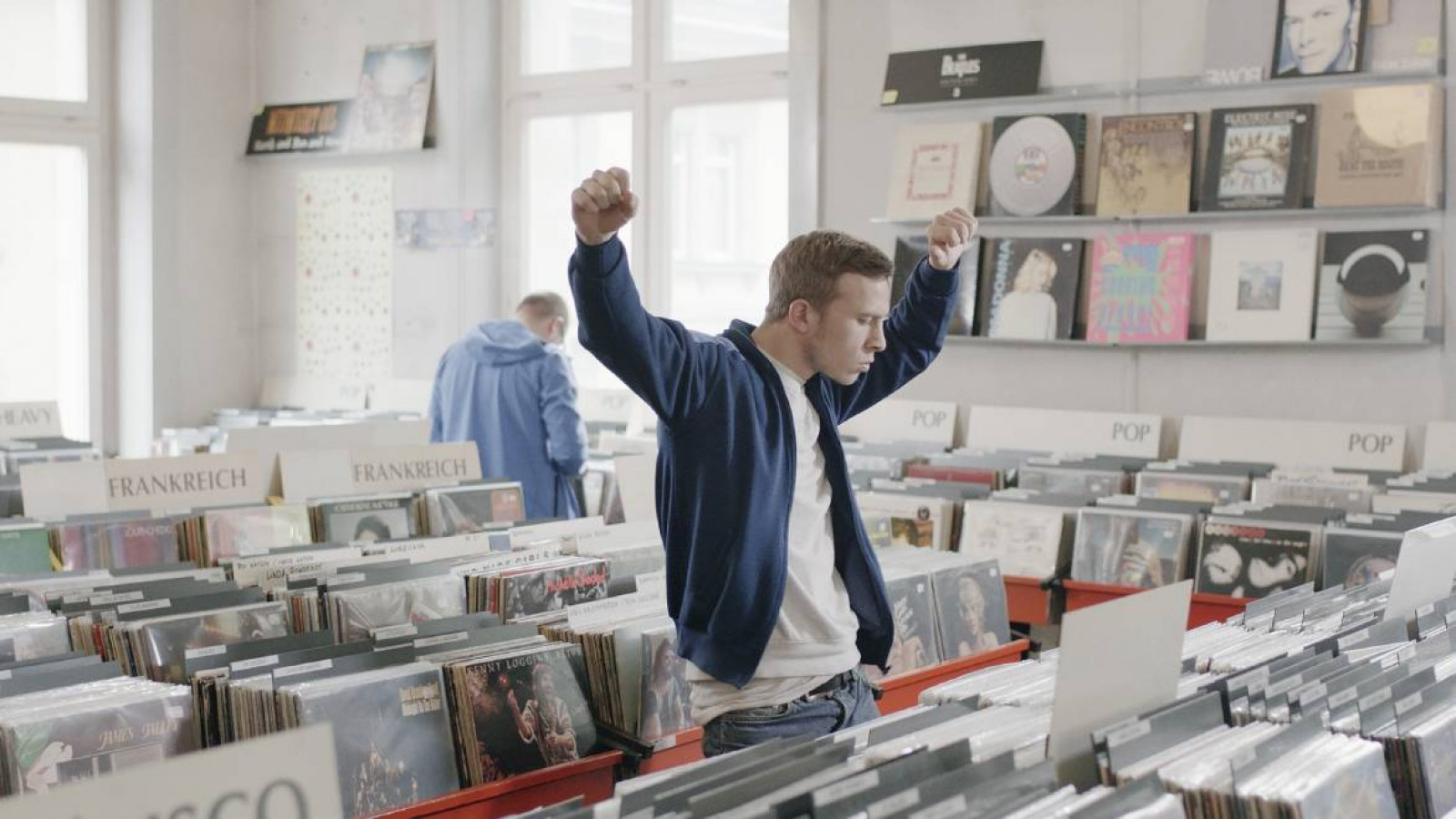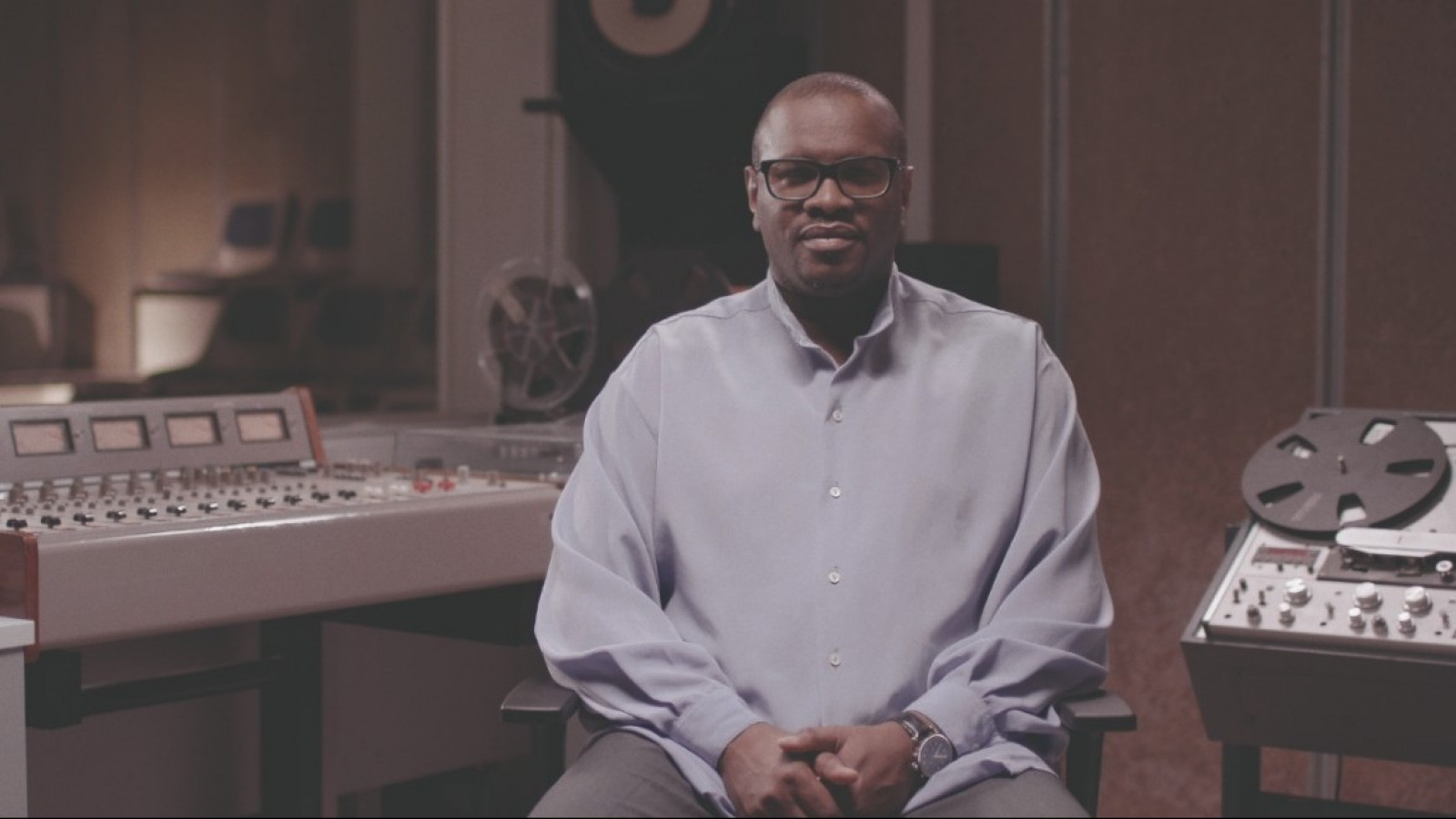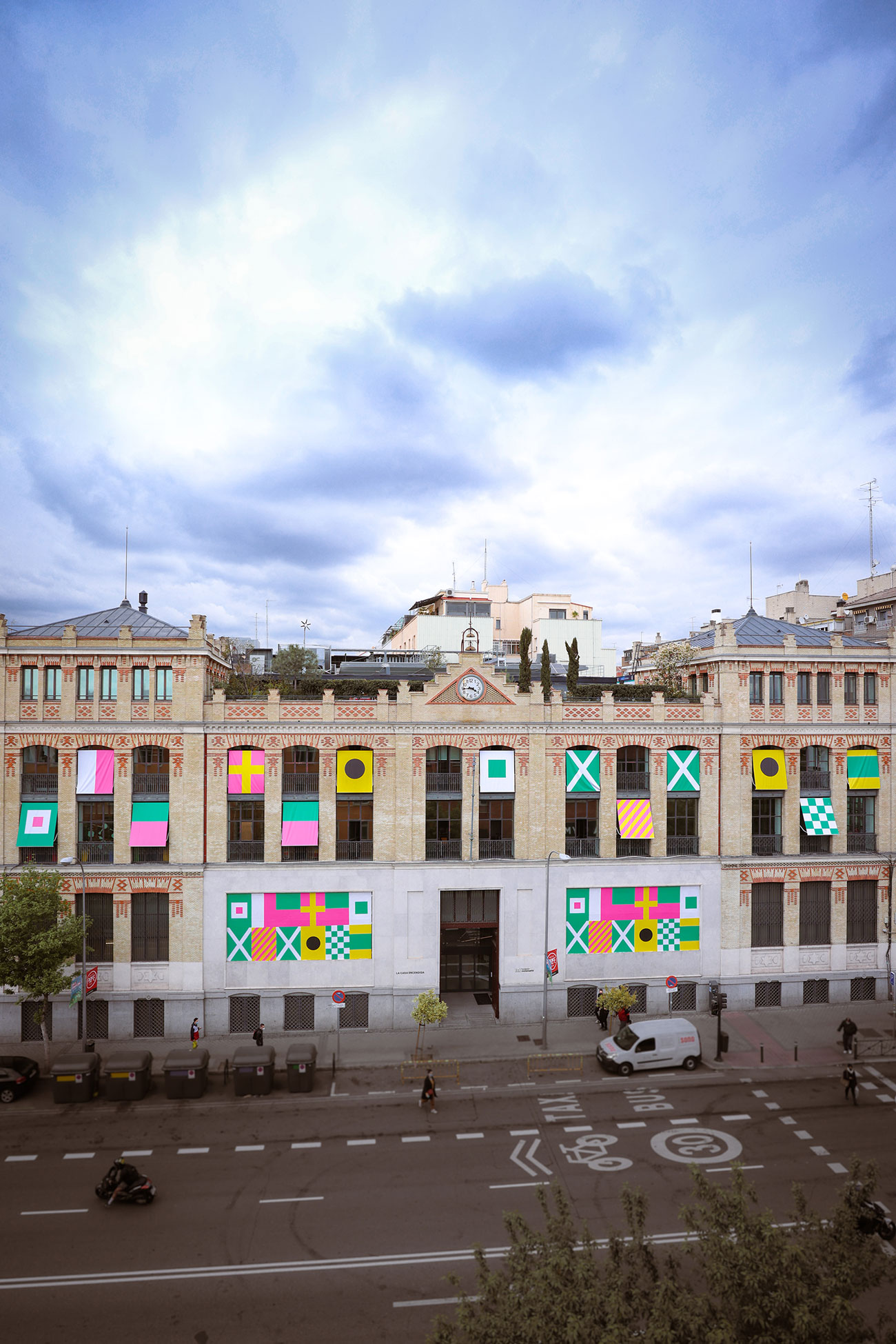Carles Congost: What Good Are Songs?
The exhibition is divided into two parts: one showing a selection of Carles Congost’s earlier works, and another presenting ¿Para qué sirven las canciones? [What Good Are Songs?], the piece created specifically for this project at La Casa Encendida.
The work of Carles Congost (Olot, 1970) revolves around the construction of personality and codes of conduct and is characterised by the reworking of cinematographic, photographic and musical stereotypes. His creations are developed in accordance with different disciplines—photography, video, sound and drawing—while also incorporating a classic, ironic treatment of imagery. Since the mid-1990s, the artist has been composing and producing music under the alias The Congosound.
The first half of the exhibition is located in Room B and contains four of Congost’s recent works: Simply the Best, Wonders, Abans de la casa and Paradigm, which will share the space in the form of video installations.
The second half, in Room C, presents ¿Para qué sirven las canciones?, a new piece created by the artist.
Curator: Tolo Cañellas
Simply the Best, 2016. (22 minutes)
Simply the Best was made at the express invitation of Christian Jankowski, artist and curator of Manifesta 11, the international showcase held in Zurich in 2016. As is customary at this prestigious nomadic biennial, the host city became another element of the show’s conceptual narrative, linking the art to the geographical and social setting in which it was produced. Jankowski invited a number of artists to create something related to the city’s professional associations or trade guilds, under the generic theme of “What People Do for Money”. Carles Congost chose to work with the Zurich fire department, astutely capitalising on the iconic personality of this collective.
Wonders, 2016. (15 minutes)
Wonders was awarded the 2nd Video Art Prize organized by the Xarxa de Centres d’Arts Visuals de Catalunya, Arts Santa Mònica and LOOP Barcelona. The video articulates some of the ideas and formal resources previously used in Abans la casa / Un biopic inestable a través del sonido Sabadell [Before House: An Unstable Biopic via Sabadell Sound] (2015), in this case revisiting a little-known chapter of music history in the 1980s, when the neoliberal theories of Margaret Thatcher and the Reagan administration extended to every aspect of the economy, culture and society.
Wonders focuses on the “one-hit wonder” phenomenon, a term used in the recording industry to describe bands or artists who have one hit song that marks the beginning and end of their professional careers.
Abans de la casa / Un biopic inestable a través del sonido Sabadell [Before House: An Unstable Biopic via Sabadell Sound], 2015. (22 minutes)
Carles Congost was finally able to realize this long-cherished project thanks to a grant from Fundación Botín (21st Visual Arts Grants). The artist began with a personal investigation into Sabadell Sound, associating it with the experiences of his youth and his musical autobiography. Sabadell Sound is a term now used to describe a musical phenomenon that emerged in Catalonia in the 1980s and was closely linked to the rise of Italo-Disco. His film is, as the title tells us, an unstable biopic made up of fragments, flashes, nods and cultural allusions of every sort, an attempt to comprehend that phenomenon by sifting through the ideals that powerfully shaped the time and place which led to its emergence and subsequent demise.
Paradigm, 2012. (11 minutes)
Paradigm is one of Carles Congost’s subtlest and most conceptually profound works and undoubtedly marks a turning point in his videography. In Paradigm the artist exponentially intensifies his interest in the actual language of film, using it as an elusive metaphor for the many questions he raises and deliberately leaves unanswered, with no definite conclusion.
¿Para qué sirven las canciones? [What Good Are Songs?], 2020
Room C presents Congost’s new production ¿Para qué sirven las canciones?, once again set in the framework of cinematographic fiction. The film traces the evolution of three nonconformist youth in an urban setting. As we learn more about their personal lives, we begin to suspect that their decisions are simply part of a larger, predetermined, alienating plan conveyed through the songs. In this work, the artist presents an elaborate plot in order to analyse the “hit song” phenomenon from multiple angles: the hit occupying the public space, the hit as something inevitable and, finally, the hit as a disorder.




